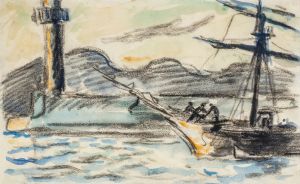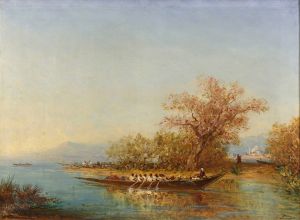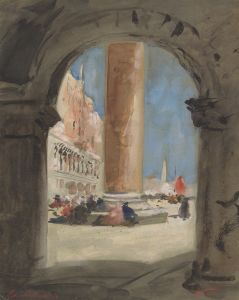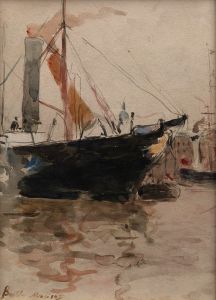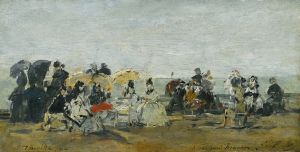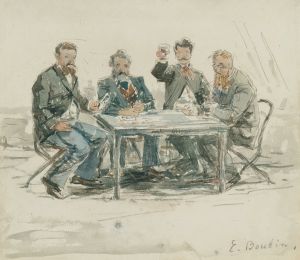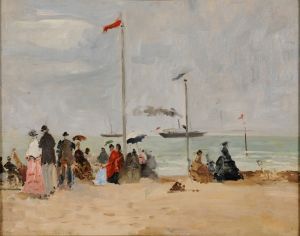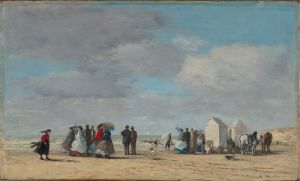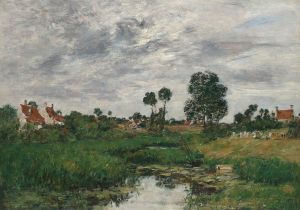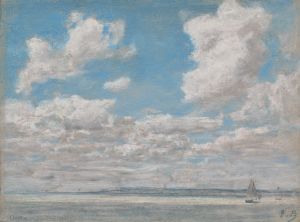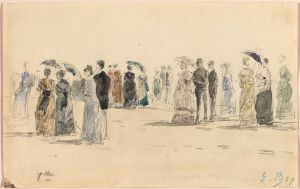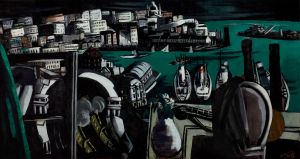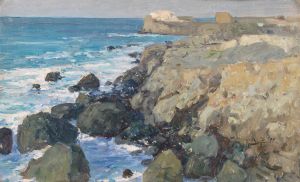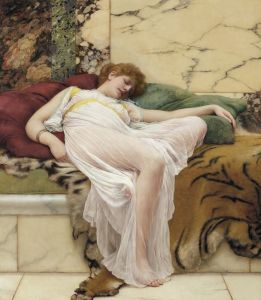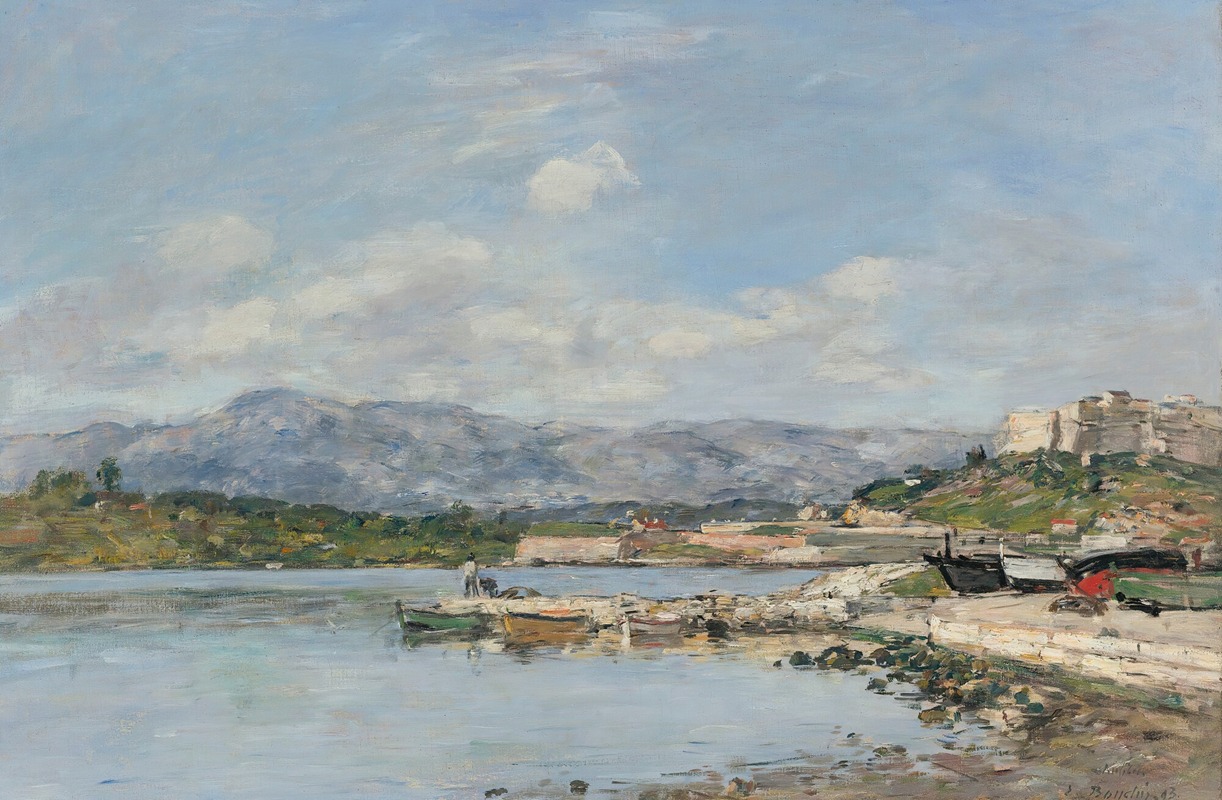
Antibes, Le Fort Carré
A hand-painted replica of Eugène Boudin’s masterpiece Antibes, Le Fort Carré, meticulously crafted by professional artists to capture the true essence of the original. Each piece is created with museum-quality canvas and rare mineral pigments, carefully painted by experienced artists with delicate brushstrokes and rich, layered colors to perfectly recreate the texture of the original artwork. Unlike machine-printed reproductions, this hand-painted version brings the painting to life, infused with the artist’s emotions and skill in every stroke. Whether for personal collection or home decoration, it instantly elevates the artistic atmosphere of any space.
"Antibes, Le Fort Carré" is a painting by the French artist Eugène Boudin, who is widely recognized as one of the precursors to the Impressionist movement. Boudin was born on July 12, 1824, in Honfleur, France, and he developed a keen interest in capturing the effects of light and atmosphere in his landscapes and seascapes. His work often depicted the coastal regions of France, and he is particularly known for his beach scenes and harbor views.
The painting "Antibes, Le Fort Carré" showcases the Fort Carré, a 16th-century fortress located in the town of Antibes on the French Riviera. The fort was built under the orders of King Henry II of France and was designed by the military engineer Henri de Mandon. It served as a defensive structure to protect the town and the nearby port from potential invaders. The fort is situated on the Saint-Roch peninsula and offers a strategic vantage point overlooking the Mediterranean Sea.
In this artwork, Boudin captures the fort's imposing structure with his characteristic attention to the interplay of light and shadow. The painting likely dates from the period when Boudin was traveling and working along the Mediterranean coast, a region that provided him with ample inspiration due to its unique light and vibrant colors. Boudin's technique involved painting en plein air, or outdoors, which allowed him to directly observe and render the changing effects of light on the landscape.
"Antibes, Le Fort Carré" exemplifies Boudin's ability to convey the atmospheric conditions of a specific moment in time. The use of loose brushstrokes and a light palette reflects his interest in capturing the transient effects of light and weather. This approach would later influence the Impressionists, including Claude Monet, who admired Boudin's work and considered him a mentor.
The painting is a testament to Boudin's skill in depicting maritime scenes and his contribution to the development of modern landscape painting. His works are characterized by their sense of immediacy and their ability to evoke the feeling of being present in the scene. "Antibes, Le Fort Carré" is no exception, as it immerses the viewer in the serene yet dynamic environment of the French Riviera.
Today, Eugène Boudin's paintings are held in high regard and can be found in major art museums and collections around the world. His work continues to be celebrated for its pioneering role in the evolution of landscape painting and its influence on subsequent generations of artists. "Antibes, Le Fort Carré" remains an important example of Boudin's artistic legacy and his mastery of capturing the essence of the natural world.





